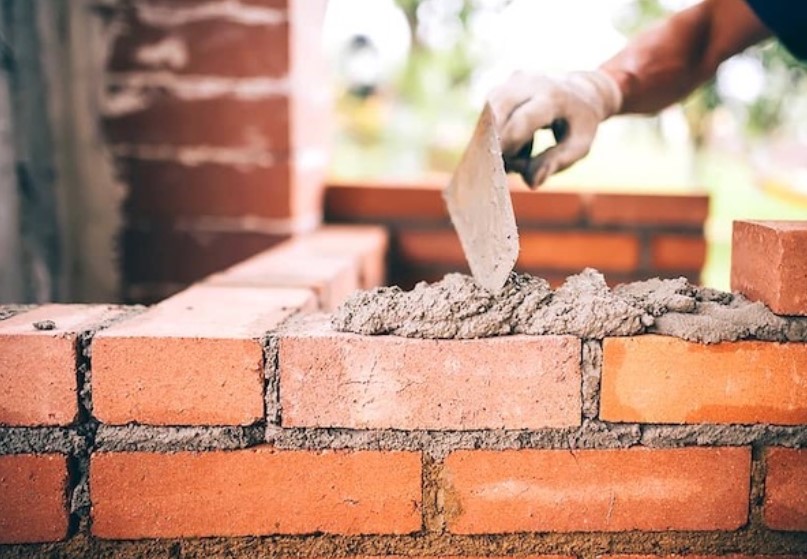
Having a masonry contractor is the first step to take if you want to make sure your home is structurally sound. Whether it is cracks, spalling, or Ivy growth, there are signs you can look out for that will let you know it’s time to have your masonry repaired. It’s also essential to understand how masonry repair works so you can keep your house safe and beautiful.
Spalling
Spalling is a type of masonry repair Woodbridge VA that involves the flaking or cracking of bricks. It usually happens due to water damage. Luckily, there are ways to prevent spalling and fix damaged bricks.
The first step is to understand what is going on. If you need to become more familiar with the problem, it can be challenging to determine the best way to handle it. You can use several methods to determine what is causing the damage.
First, check to see if you have a moisture problem. This is the most common cause of masonry deterioration. Water trapped behind mortar joints will expand when temperatures drop, leading to the decline of masonry.
Next, you will need to determine where the damage is. You can get a good idea of how much the damage is by examining the size and shape of the opening. Then, make sure to clean the space thoroughly with water.
Cracks
Various factors can affect the structural strength of a building and lead to masonry cracks. These include temperature, dampness, wind loads, and road traffic vibration. In addition, changes in the ground beneath a structure can cause movement.
To prevent or remedy masonry cracks, there are a few options available. Some of these options are non-structural. For example, you can repair the cracks with epoxy mortar. This type of mortar has greater compressive strength than cement mortar and has less elasticity.
Another option is a mechanical stitching system. The process involves repairing large cracks in brick walls using a helical bar or U-shaped metal unit. The bars are fitted with a bearing on both sides of the damage.
The mortar is mixed with sand and epoxy resin during the repair process. Afterward, the mortar should be left to set for about an hour before it is cleaned up. Before completing the repair, you must use a wire brush to remove any particulates.
Ivy growth
Ivy is a plant that has many benefits. It provides a thermal blanket for walls, protects against fluctuations in relative humidity, and absorbs airborne particulates. However, it can also cause damage.
For instance, ivy tendrils can penetrate cracks and weak spots in the masonry and mortar, causing rot and moisture accumulation. In addition, if left unchecked, ivy can topple a weakened wall.
The good news is that ivy can be grown on various masonry types. It does not, however, damage newly constructed structures.
As with any plant, ivy needs adequate watering during the first year of growth and after that. Watering ivy by hand is best for the first season. This is especially true if the ivy grows on a solid masonry wall.
In addition, ivy can provide an attractive aesthetic to a wall. However, it can damage painted surfaces, bricks, and another masonry.
To avoid damage, you can trim the ivy or erect a trellis. You can even spray vegetation killer onto freshly cut vines.
Signs of aging and breaking down your masonry
If your home has bricks, masonry, or concrete, you’ll want to make sure your house is in good shape. But you might need to be aware of some signs that your masonry needs repair. The first is if there are signs of aging. Taking care of your masonry will prevent costly repairs down the road.
Besides age, masonry can also be affected by several factors. One common issue is moisture. This occurs when there’s a large amount of water behind the masonry. Moisture can warp the bricks, soften the plaster, or cause the foundation to shift. It can also lead to chimney leaks.
Another problem is efflorescence. This is a white substance that rises through the surface of the masonry. It’s a result of rain and dew. It can also occur when cold temperatures expand the water. These are some of the signs that your masonry is deteriorating.
